SENG News
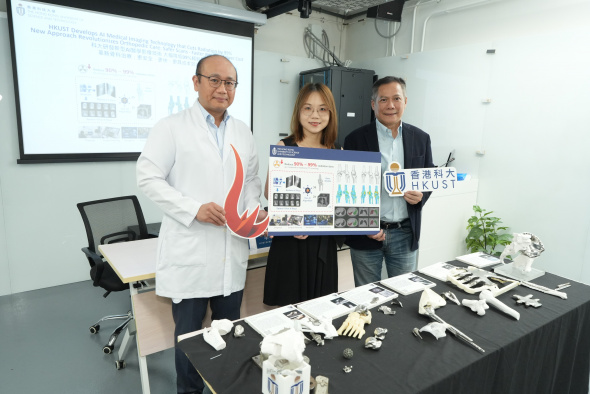
New Approach Revolutionizes Orthopedic Care: Safer Scans, Faster Results and Lower Cost
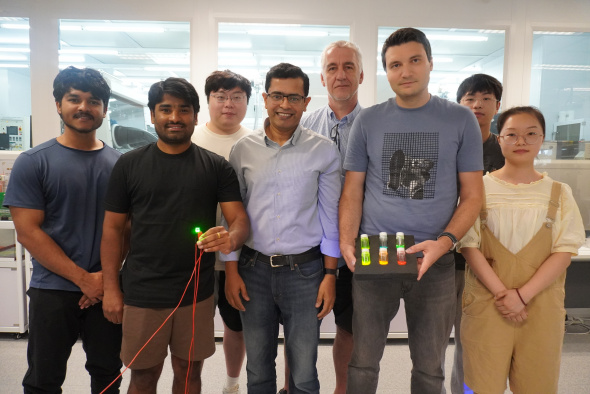
Breakthrough in Display Technology

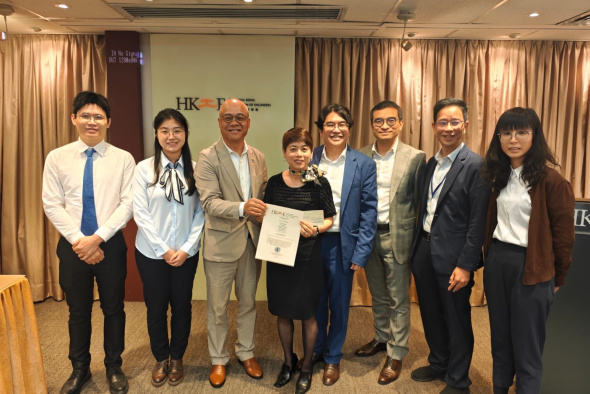
Real-World Impact on Sustainable Raw Water Treatment Technology

Accelerating Market Access for Innovative Products

Paving the Way for Improved Subseasonal Forecasts
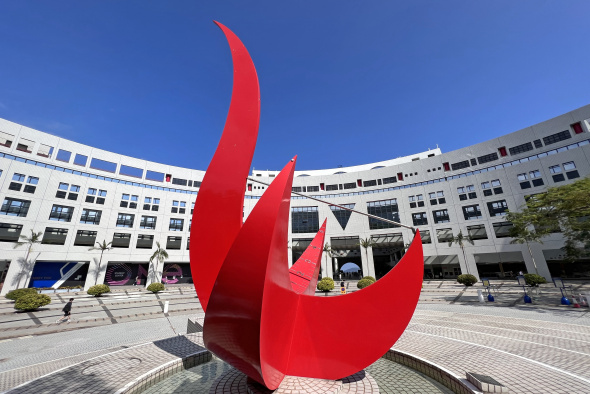
Four Projects Led by SENG Faculty Members
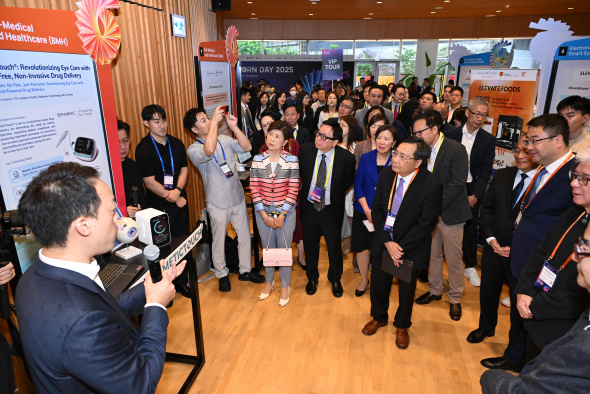
One of the Largest Entrepreneurial Events in Local Higher Education Sector
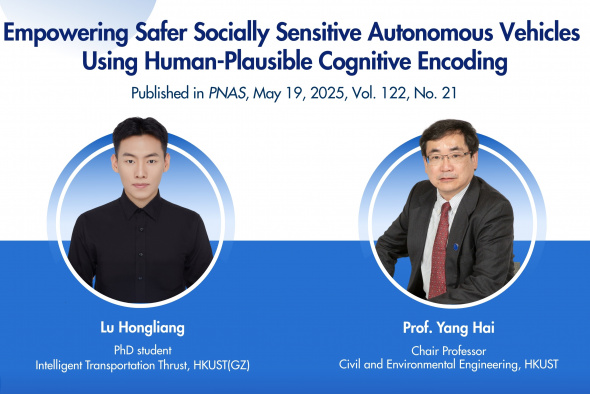
Intelligent Transportation for Tomorrow
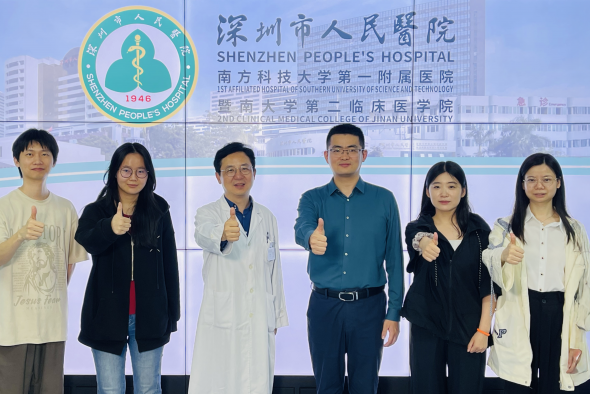
Revolutionizing Breast Cancer Diagnosis
